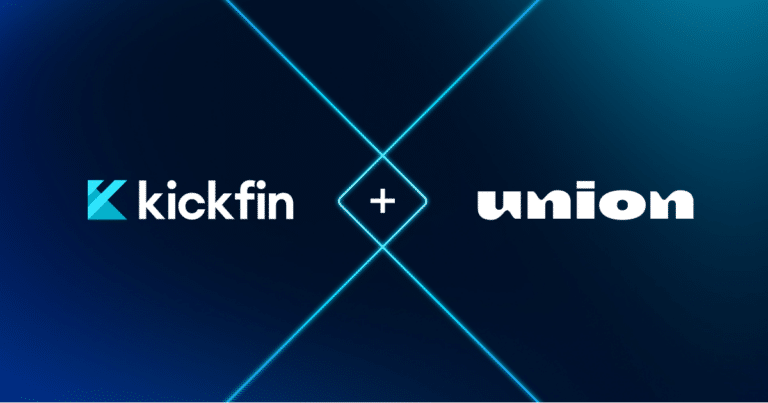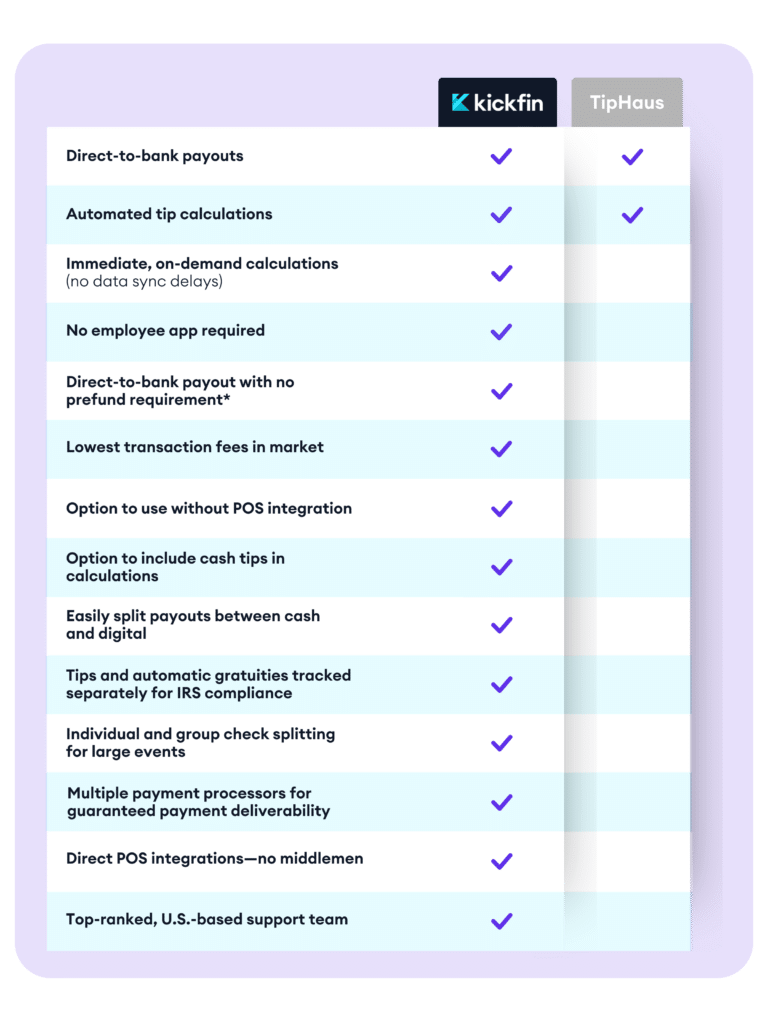When you were first inspired to start your own restaurant, what was the spark that made you want to do it? With around 30% of restaurants failing the first year and 60% after three years, it’s important to have a very clear vision for your business. Aside from operational costs, good staff, and the proper location, one often overlooked aspect of success is a restaurant mission statement.
Like any business, your restaurant needs a way to communicate why you’re starting your business in the first place. What’s the need that will be fulfilled by your brand? What’s the purpose that will drive customer loyalty? Establishing your restaurant mission statement will communicate exactly why you’ve decided to open your business in the first place. But there’s more to it than that.
What is a mission statement?
Most businesses have a mission statement. Typically, it’s a sentence or a short paragraph about why the company exists. It’s the beating heart of the institution; not a business plan that explains how the company will make money, but a statement that clearly defines the motivation for why it exists.
Many people confuse a mission statement with a vision statement, and it’s important to establish the difference between the two. While a vision statement focuses on a company’s future, answering the question, “Where are we going?”, a mission statement answers the question, “Why are we here?”
Why every restaurant needs a mission statement
Writing your restaurant’s mission statement is an essential part of your brand’s identity. It’s how your investors, employees, customers, and the media identify what your business is all about.
Your restaurant mission statement may be the first impression new customers will have of your establishment. And it will serve as a constant reminder to your and your employees as to why you started your business. Consider it a rallying cry for your entire restaurant staff to get behind — a unifying factor that will help bring consistency to everyday operations and overall growth.
It’s also a starting point on which to base your vision statement for where you see your operations years down the road.
Examples of restaurant mission statements
We all have our own favorite places to eat. Whether it’s a local dive or an established chain, we have our reasons for loving these restaurants — the great food, the friendly and efficient service, the welcoming atmosphere. These eateries are our favorites because their owners have established their purpose, and they strive daily to reinforce it to their customers and staff.
It doesn’t matter what kind of dining establishment you’re operating—a fast-food chain, a family-owned sit-down restaurant, a deli or a pub or bar—a well-executed restaurant mission statement won’t ensure your business will succeed, but it will provide consistency and purpose that will help establish your brand for the long run.
There’s a reason these eateries have been around for as long as they have. For a little inspiration, peruse these famous restaurant mission statements:
Fast food restaurants
McDonald’s – “McDonald’s brand mission is to be our customers’ favorite place and way to eat.”
Dunkin’ Donuts – “Make and serve the freshest, most delicious coffee and donuts quickly and courteously in modern, well-merchandised stores.”
Arby’s – “To provide an exceptional dining experience that satisfies our guests’ grown-up tastes by being a “Cut-Above” in everything we do.”
Bars, taverns and pubs
Iron Hill Brewery – “Inspire loyalty in both our guests and in our staff.”
Ninety Nine Restaurant & Pub – “A passion to serve”
The Dead Rabbit Grocery & Grog – “To bring the Irish bar into the 21st century.”
Cafe and fast casual restaurants
Starbucks: “To inspire and nurture the human spirit – one person, one cup and one neighborhood at a time.”
Chipotle: “Ensuring that better food, prepared from whole, unprocessed ingredients is accessible to everyone.”
Panera – “Food as it should be. Food should taste good. It should feel good. It should do good things for you and the world around you.”
Family-style restaurants
Medieval Times – “Our valued team is fueled by the passion to provide our guests with genuine hospitality and exciting entertainment. It is our honor and privilege to care for our animals and to be good corporate citizens in our communities.”
Cheesecake Factory – “To create an environment where absolute guest satisfaction is our highest priority.”
P.F. Chang’s – “Celebrate Life. Family. Food.”
Writing your own mission statement
According to Dr. Chris Bart, FCPA, the CEO of Corporate Missions Inc, an international consulting firm dedicated to helping organizations excel in the execution of their strategies, a mission statement consists of three essential ingredients:
- Key market: the target audience.
- Contribution: the product or service.
- Distinction: what makes the product unique or why the audience should buy it over another.
When writing your own restaurant mission statement, you want it to be short and memorable, with clear objectives. This is not something you want to take lightly. Do some soul searching. Spend time thinking about your core values and why you want to open your restaurant. Here are some questions to think about as you write your restaurant mission statement:
- Why does my restaurant exist?
- What does my restaurant do?
- Who do we serve?
- What are my restaurant’s goals?
- What do we believe in? How do we strive to bring those values to life?
- What makes us different than our competitors?
A strong mission statement is memorable and inspiring. It’s a way for customers to trust in your brand and to create loyal, trusting employees. Here are six attributes you should keep in mind as you write:
- Accurate – Be concise in what your restaurant will do. If your mission statement doesn’t accurately reflect your restaurant, it might be time to revise some of your operational policies.
- Attainable – Having high expectations is great. But make sure your goals are realistic, measurable, and achievable. Simply stating to be the best at something is generic and tough to measure. Be as specific as you can in the goals you set for your restaurant.
- Actionable – Not only should your goals be specific, but you should mention how you plan to achieve them.
- Concise – Nobody is going to remember a mission statement that’s a page long. It needs to be easily digestible and understood. Try to keep it under five sentences.
- Honest – Avoid business jargon as it comes across as insincere. Be simple and honest about what you want your restaurant to be.
- Unique – Your mission statement should not sound like your competitors. Millions of restaurants exist already. How is yours different than all of the rest? If your mission statement doesn’t reflect the difference your restaurant is going to make, then it’s not doing its job.
Now that you’re prepared to write your restaurant mission statement, get to writing!






